The Painters 2 (페인터즈 시즌2)
2.1Km 2024-07-26
1er étage, Kyunghyang Art Hill, 3 Jeongdong-gil, Jung-gu, Seoul
Ligne Info Tourisme Corée : +82-2-1330 Pentatonic 02-766-7848
Connaissez-vous The Painters 2 (페인터즈 시즌2) ?
Ce spectacle non-verbal offre un nouveau genre mélangeant intéraction avec le public, choréghraphies et dessins. Le show a reçu des bonnes critiques et s’impose comme une étape indispensable pour tous les touristes qui se rendent à Séoul.
The Painters 2 présente un spectacle époustouflant avec des effets spéciaux qui vous emmèneront dans un monde plein d’imagination autour de peintures célèbres à travers le monde. Le spectacle est désormais représenté à travers toute l'Asie.
Le spectacle est accessible du lundi au dimanche au Gwanghwamyn Theater (Kyunghyang Arthill 1F) / 14h00, 17h00, 20h00
Nwijo(뉘조)
2.1Km 2024-12-11
27, Insadong 14-gil, Jongno-gu, Seoul
+82-2-730-9311
Nwijo (뉘조) is a Korean restaurant specializing in wild vegetable cuisine. The name ‘Nwijo’ means ‘the god of the silkworm,’ and likens wild vegetables to silkworms in that both can be eaten in their entirety. The restaurant serves original full-course Korean meals that are prepared using hundreds of kinds of wild vegetables, including special seasonal vegetables.
A typical full-course meal starts with delicious pumpkin porridge, followed by seasoned wild vegetables, root vegetable ssam (condiments wrapped in vegetable leaves), slices of boiled meat, and steamed lotus leaf-wrapped rice served with jjigae (Korean stew) and various side dishes. This kind of traditional feast is pleasing to both the eye and the palate and is topped off with sikhye (traditional sweet rice drink). Lunch specials are also available.
Doseong (도성)
2.1Km 2021-03-26
15, Jahamun-ro 7-gil, Jongno-gu, Seoul
+82-2-738-8885
Sujebi jjambbong (Korean spicy seafood noodle soup with hand-pulled dough) is also a popular menu. This restaurant's signature menu is noodles in black bean sauce. This Korean dishes restaurant is located in Jongno-gu, Seoul.
Insadong Sagwanamu (인사동사과나무)
2.1Km 2021-03-29
24-1, Insadong 14-gil, Jongno-gu, Seoul
+82-2-722-5051
This is where you can dine on the outdoor terrace. This restaurant's signature menu is steak. This Western dishes restaurant is located in Jongno-gu, Seoul.
Musée d’art Kumho (금호미술관)
2.1Km 2020-05-12
18, Samcheong-ro, Jongno-gu, Seoul-si
+82-2-720-5114
Le musée d’art de Kumho a été ouvert au profit des arts. Il expose chaque année des nouveautés provenant d’artistes prometteurs ou confirmés. Il a ouvert ses portes
pour la première fois en 1989 à Gwanhun-dong et à été déplacé pour un espace plus grand en 1996 où il se trouve toujours aujourd’hui, à l’est du palais Gyeongbokgung.
Il est entouré d’autres musées folkloriques ou centres culturels. Le niveau B1 s’occupe particulièrement des nouveaux artistes et le 1er et 2ième des expositions programmées ou sur invitation. Environ une fois par an, des artistes étrangers sont invités pour exposer.
Il y apar année 7 artistes pouvant se produire grâce à une invitation officielle. Cependant il s’agit d’artistes ayant influencé l’art coréen.
Au 3ième étage, il y a une petite salle de concert nommée le hall de récital Kumho, pouvant accueillir 171 spectateurs. Malgré sa modeste taille, tout concert est donné avec un réel soucis de professionnalisme. Au 1er étage,vous verrez un café et une boutique d’art restant ouverts les jours de fermeture du musée.
Yeojingop (여진곱)
2.1Km 2021-03-19
430, Samil-daero, Jongno-gu, Seoul
+82-2-762-5157
A gopchang (intestine) restaurant located near Nakwon Music Mall. The best menu at this restaurant is beef small intestine hot pot/pork small intestine hot pot. This is a Korean cuisine located in Jongno, Seoul.
Musée de Hanbok (이리자 한복전시관)
2.1Km 2021-10-06
20, Samcheong-ro, Jongno-gu, Seoul-si
+82-2-734-9477
Le musée de Hanbok se situe de l’autre coté de l’entrée principale du palais royal de Gyeongbok où se trouve la billetterie. Ainsi, il est judicieux, après avoir visité le palais, d’aller faire un tour à ce musée afin de voir les habits traditionnels coréens; si les horaires d’ouverture coïncident. Car le musée n’ouvre ses portes que le 1er et le 3ième samedi de chaque mois, alors vérifiez bien les jours afin de ne pas marcher pour rien.
Le musée de Hanbok n’est pas seulement un musée sur les habits traditionnels coréens. Il met aussi en valeur tous les évènements et rituels de la naissance à la mort avec bien sûr, les vêtements correspondants. Vous pouvez donc être le témoin des traditions coréennes et voir à quelles occasions les habits doivent être portés. Tous les hanboks sont crées par la styliste Lee Ri-Ja elle-même, fabriqués avec la plus grande attention et la plus importante minutie. Il y a environ 300 pièces exposées et certaines sont si pratiques qu’elles peuvent même être portées au quotidien. A coté des hanboks se trouvent aussi des ornements et autres petits objets décoratifs. Vous en serez charmé. Une fois avoir visité le palais royal de Gyeongbok et ce musée, allez vous promener vers Gwanghwa-mun ou Insa-dong. A Gwanghwa-mun vous pourrez voir certains aspects culturels modernes tandis qu’à Insa-dong vous serez plutôt dans une ambiance artistique et traditionnelle coréenne.
Of one book and stay [Korea Quality] / 일독일박 [한국관광 품질인증/Korea Quality]
2.1Km 2021-03-29
11-1, Pirundae-ro 3-gil, Jongno-gu, Seoul
This hanok (traditional Korean house) is located in Seochon Village near Gyeongbokgung Palace. It is a modern C-shaped hanok centered around the inner courtyard, which is the first thing that the guests see after entering through the gate. While it is not expansive, white pebbles and a foot bath make this hanok a unique one. One can enjoy a foot bath while sitting on the porch.
The bedroom, which is located beyond the living room, is furnished with a queen-sized bed. Opening the screen doors brings one to the view of the kitchen area beyond the inner courtyard. A large table, plush sofa, and a small bookcase make the space ideal for books and discussions. Climbing the wooden ladder to the side of the kitchen brings one to the attic, which also doubles as a Korean-style room with a skylight. The kitchen is furnished with a refrigerator, microwave oven, gas stove, electric kettle, toaster, pots, utensils, wine glasses, and bottled water. There is a restroom with a bathtub. The standard occupancy of the house is 4 people.
Jirisan Restaurant (지리산)
2.1Km 2019-08-01
30, Insadong 14-gil, Jongno-gu, Seoul
+82-2-723-4696
Jirisan is one of the representative Korean restaurants in Insa-dong, an area known for its traditional culture. One of the trademarks of this restaurant, besides its amazingly delectable bean and tofu dishes, is a wooden sign that welcome guests into a neat and cozy interior.
Each day, fresh beans are ground at the restaurant to prepare dishes such as soybean paste, soft tofu, and bean-curd tofu stew. Bean-curds are prepared by using seawater, which gives the tofu a unique flavor. The fresh and clean taste of the tofu is one of the many reasons that choosey tofu aficionados flock to the restaurant.
Not just limited to tofu, Jirisan presents customers with a full-range of side dishes such as kimchi, japchae (glass noodles with sautéed vegetables), cucumber kimchi, seasoned seaweed, braised lotus roots, roasted yellow corbinas (a type of fish), leafy greens, bean-curd stew, and more. The restaurant gives visitors a chance to experience a hearty traditional Korean-style meal, but has thoughtfully toned down its seasonings to appeal to a wider audience (particularly those not used to spicy foods).
One of the recommended menu items is the Jirisan set meal, which offers diners the chance to sample foods that are popular in the Jirisan region. Adventurous diners may want to try the sea urchin soup or dried Pollack soup.
The restaurant, originally a traditional Korean house, has been modified over the years to better suit the needs of its customers. The walls surrounding the structure were removed and a glass ceiling was installed to allow guests to enjoy the natural light of the sun as they sample some of the area’s best traditional Korean cuisine.
Imone Gopchang - Chungmuro Branch (왕십리이모네곱창 충무로국민은행골목)
2.1Km 2021-04-08
38-1, Chungmu-ro, 2-gil, Jung-gu, Seoul
+82-2-2282-0878
This Korean cuisine is located near Chungmuro Station, Seoul. The representative menu is grilled beef small intestine. A restaurant specializing in Korean-style grilled intestines.
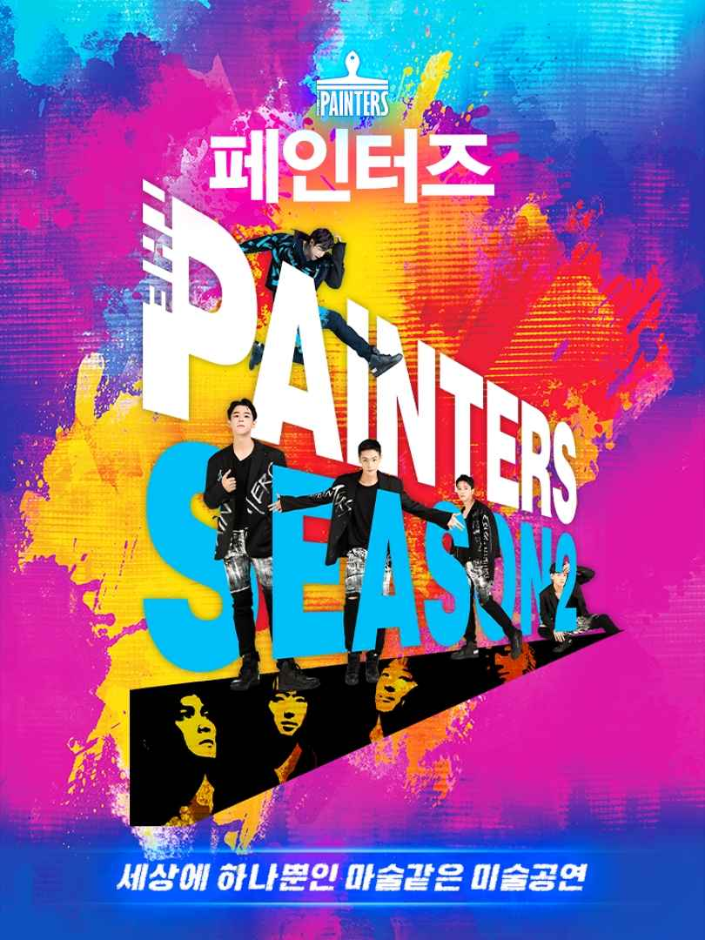
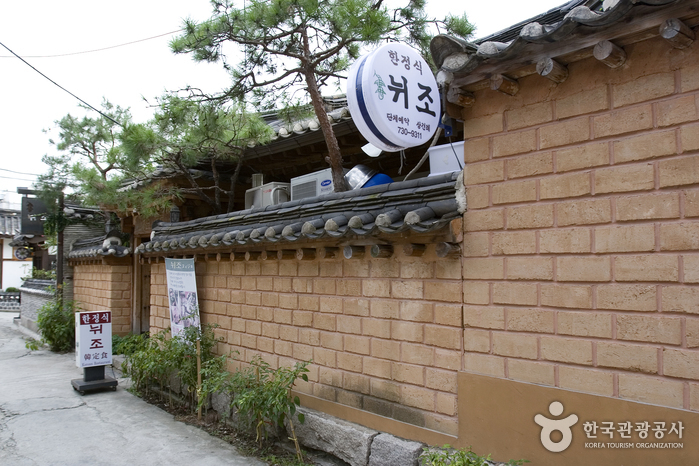
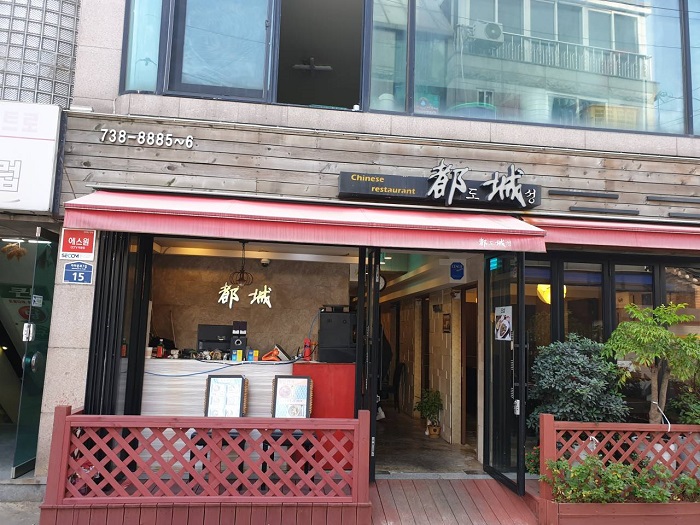
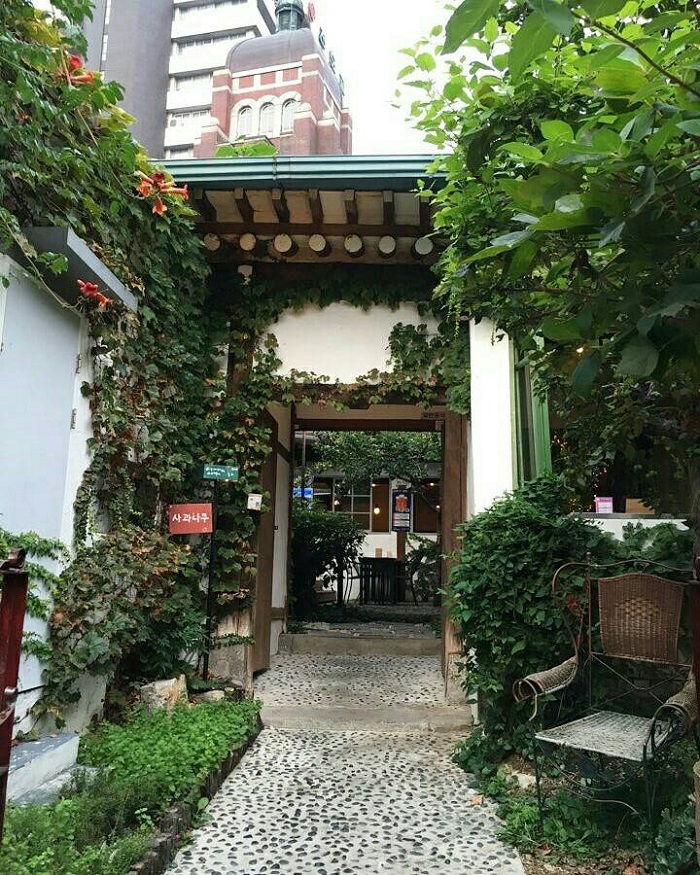
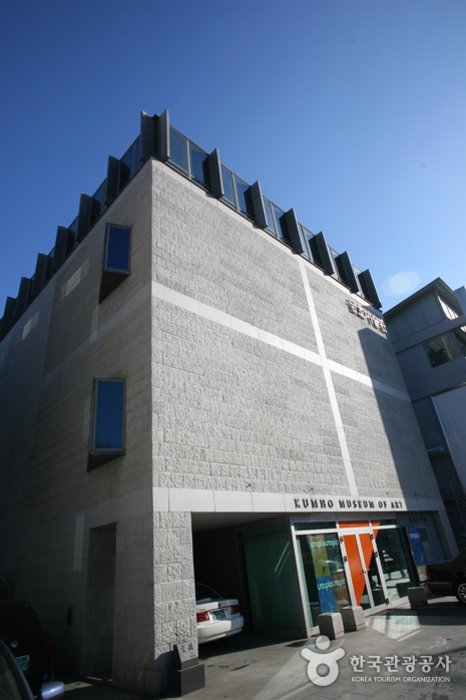
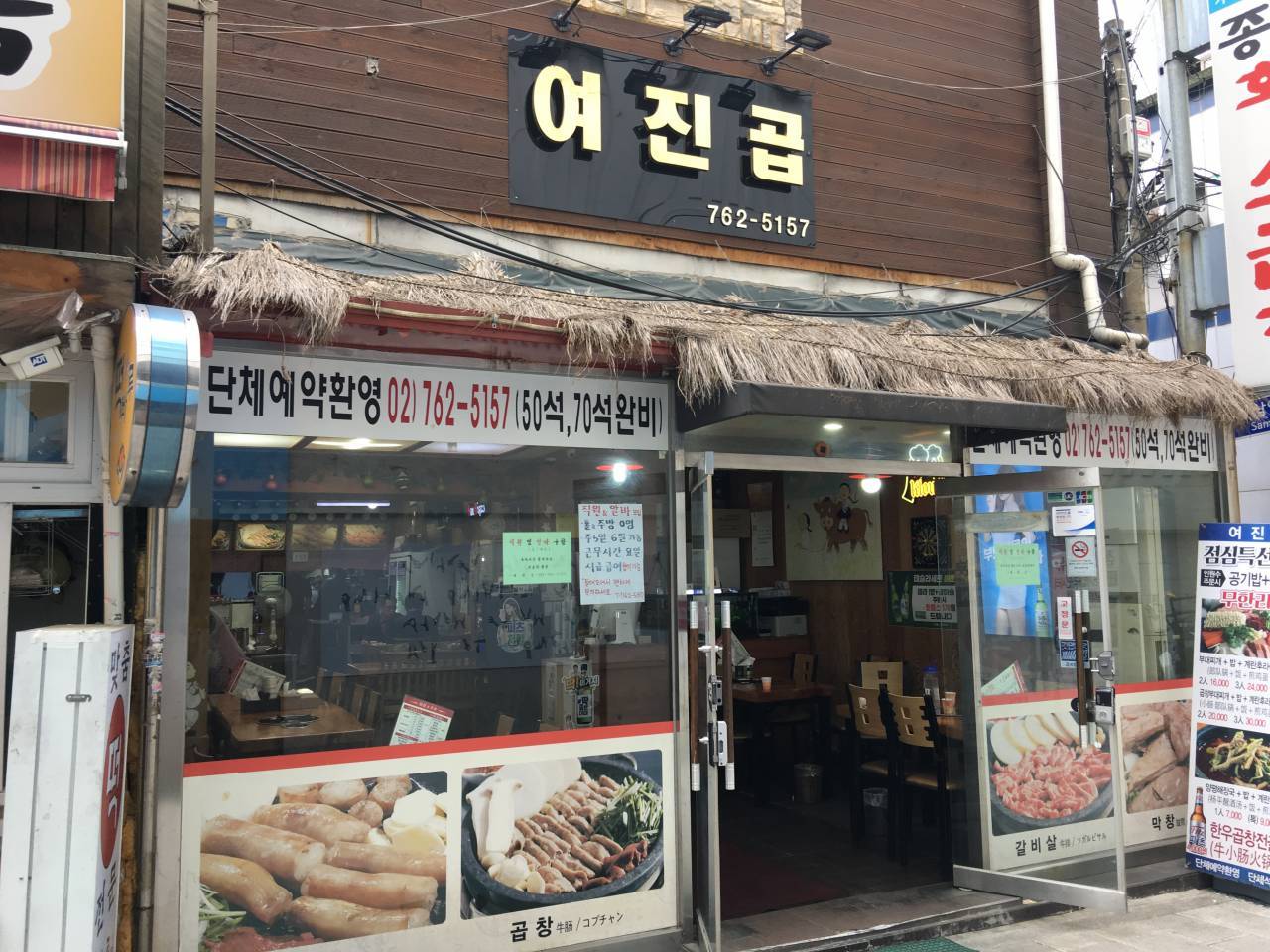

![Of one book and stay [Korea Quality] / 일독일박 [한국관광 품질인증/Korea Quality]](http://tong.visitkorea.or.kr/cms/resource/43/2707643_image2_1.jpg)
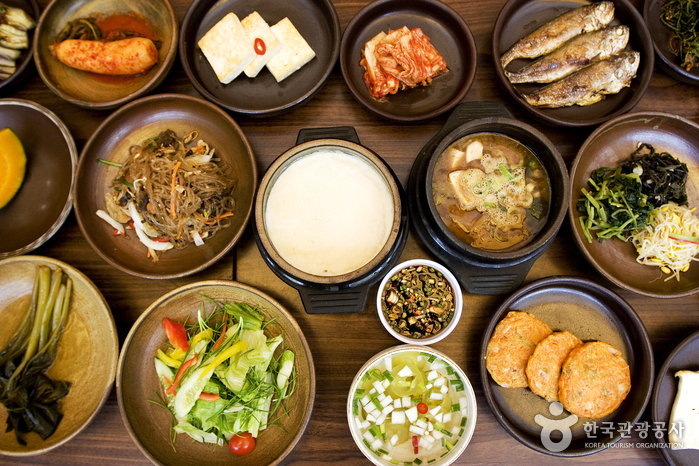
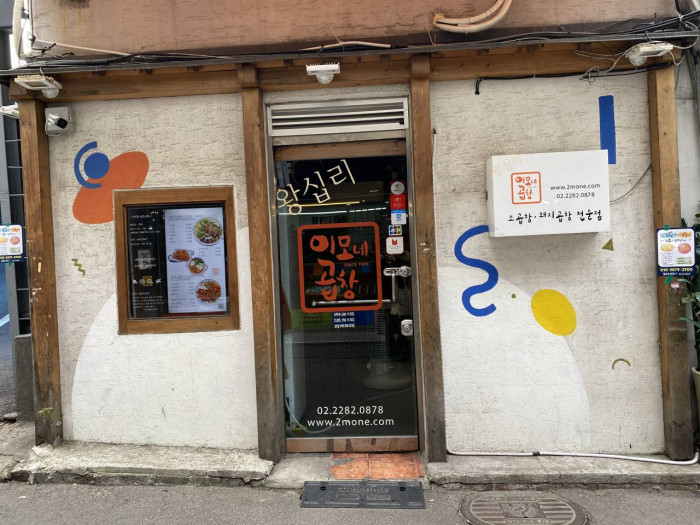
 Français
Français
 한국어
한국어 English
English 日本語
日本語 中文(简体)
中文(简体) Deutsch
Deutsch Español
Español Русский
Русский